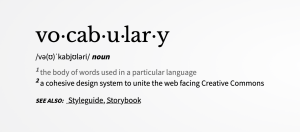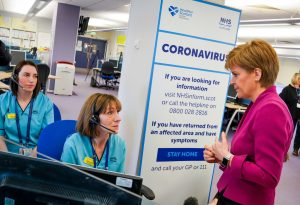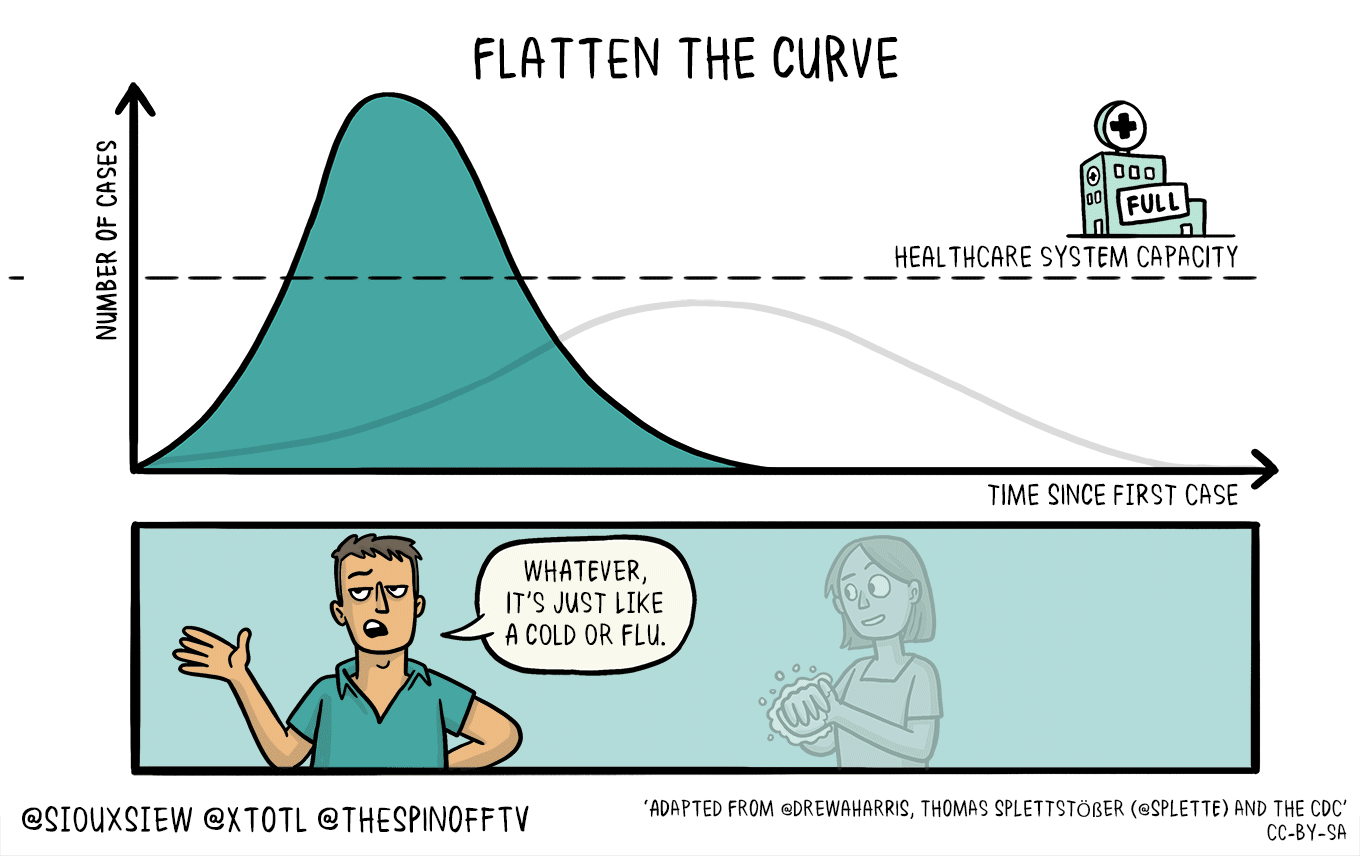Education in Times of Crisis and Beyond: Maximizing Copyright Flexibilities
mardi 31 mars 2020 à 19:47The global health crisis is crystalizing the need for policies that support universal access to learning resources
The COVID-19 pandemic has wreaked havoc on over a billion learners’ lives—half of the world’s student population have seen their schools or universities close to slow the spread of the virus. As a result, many educational institutions are shifting to online learning. While some educators can post their existing learning materials online for their students, for others, the move to online requires access to, and the legal rights to perpetually use and adapt materials developed by others. This brings into focus the essential need for both broad access to Open Educational Resources (OER) and broad limitations and exceptions (L&E) for educators and learners to freely and legally use copyright works for educational purposes.
Open Educational Resources (OER) are teaching, learning, and research materials, in any medium, that reside in the public domain or have been released under an open license that permits no-cost access, adaptation and redistribution by others.
Limitations and Exceptions (L&E) for Education make it possible to use protected works for educational purposes without the authorization of the copyright holder (with or without payment of compensation). L&E exist to maintain an appropriate balance between the interests of rights holders and users of protected works. Education-related L&E vary across jurisdictions and generally permit certain specific uses linked to study, teaching, private or personal use, and quotation. In some countries, these uses are allowed under the doctrine of fair dealing or fair use. They usually apply in relation to the rights of reproduction, publication, performance, and communication (including online communication), as well as to the implementation of technological protection measures. Certain laws provide for compulsory licenses for reproduction and adaptation for educational purposes. Users and authors alike stand to gain from the application of L&E and of policies that aim to leverage copyright for education.
Guided by its mission to build a more equitable, accessible, and innovative world, Creative Commons has long been advocating for open education as well as providing the legal infrastructure to support the creation, sharing and use of OER. We have also advocated for broadening limitations and exceptions to copyright materials for educational use.
When access to education is a daily struggle
For many learners and educators, especially in low-income countries, access to educational materials is a daily struggle, even in normal times. Because of a myriad of barriers, such as the prohibitive cost of learning resources, or the legal maze of convoluted copyright rules and exceptions, many learners are denied their fundamental human right to education.
On many levels, the current health emergency and the disruptions it creates around learning opportunities is a wake-up moment. Librarians are calling for a generous interpretation of fair use, educators and institutions are generously sharing OER, and commercial publishers are making some of their educational materials available for free for a limited time.
Helping teachers and learners legally access effective learning resources is certainly useful during a global health crisis; it is similarly required after the crisis. Open education is not a short-term fix to a passing problem—it is a long-term solution to ensuring equitable, inclusive access to effective educational resources and learning opportunities.
In the same way open science is better science (the world is sharing COVID-19 research to create a vaccine), open education is better education. While the crisis didn’t make this so, it does remind us that we all need to be smarter and more responsible with the limited resources we have so we can add resilience to the education systems on which the world’s children depend.
Now is the time for governments to adopt open education policies and limitations and exceptions for education
There is an opportunity in this crisis to collectively realize and acknowledge that public education systems globally can do better.
Open education policies ensure the content created or procured with public money is either CC licensed or dedicated to the public domain, so the public that paid for the educational resource has access to the resource. The UNESCO OER Recommendation calls on governments to:
- develop and implement policies and/or regulatory frameworks which encourage that educational resources developed with public funds be openly licensed or dedicated to the public domain as appropriate, and allocating financial and human resources for the implementation and evaluation of policies;
- develop mechanisms to support and incentivize all stakeholders to publish source files and accessible OER using standard open file formats in public repositories; and
- embed OER policies into national policy frameworks and strategies and aligning them with other open policies and guiding principles such as those for Open Access, Open Data, Open Source Software and Open Science.
Creative Commons has joined the Dynamic Coalition for the UNESCO OER Recommendation and a network of open education NGOs to support national governments in creating, adopting and implementing these and other open education policies.
Broad limitations and exceptions allow educators and learners to legally access and use copyright resources for educational purposes, without authorization from the rights holders.
At the international level, the WIPO Standing Committee on Copyright and Related Rights is the forum where discussions on substantive issues in the field of copyright and related rights take place. L&E have been on the SCCR agenda since 2004 and, in addition to educational activities, discussions on L&E focus on libraries and archives as well as disabled persons, particularly visually impaired persons (as recognized under the 2013 Marrakesh Treaty). Creative Commons is actively involved in WIPO-related work and has presented an official statement to the SCCR on L&E.
Through our policy work at CC, we support legal and policy initiatives (global, regional and national) that aim to adapt an obsolete copyright system to the digital environment. That involves making sure users can benefit from broad and clear L&E for online uses, and, specifically in the context of online education, that educators and learners can take advantage of the possibilities offered by digital technologies to have a positive educational experience without undue impediments imposed by unwarranted, outdated, or unfit copyright rules.
How can you learn about open education and increase access to effective learning resources?
- Make your educational resources OER by adding a CC license or dedicating it to the public domain. You are just a few clicks away from making your resources available, worldwide.
- Read and sign the Cape Town Declaration.
- Read the UNESCO OER Declaration and Recommendation.
- Connect with over 1000 open education leaders from 75+ countries by joining the CC Open Education Platform.
- Take part in efforts to expand L&E globally and in your country / region by joining the CC Copyright Reform Platform.
- Encourage the use of CC Search to find open images that you can freely use in your learning materials.
- Review, use and contribute to the COVID-19 Open Education Community Contributed Resources.
- Join the International OER Advocacy list to learn about and help with open education and L&E policy initiatives.
Up your open licensing skills with free, CC BY licensed CC Certificate OER, or register for the online facilitated course to get “CC Certified.”
The post Education in Times of Crisis and Beyond: Maximizing Copyright Flexibilities appeared first on Creative Commons.


 CC has had great success with GSoC and Outreachy in the past. We’ve mentored for GSoC in eight previous years, and with the help of
CC has had great success with GSoC and Outreachy in the past. We’ve mentored for GSoC in eight previous years, and with the help of 


 ). We’re thrilled to announce that
). We’re thrilled to announce that 
 —
—